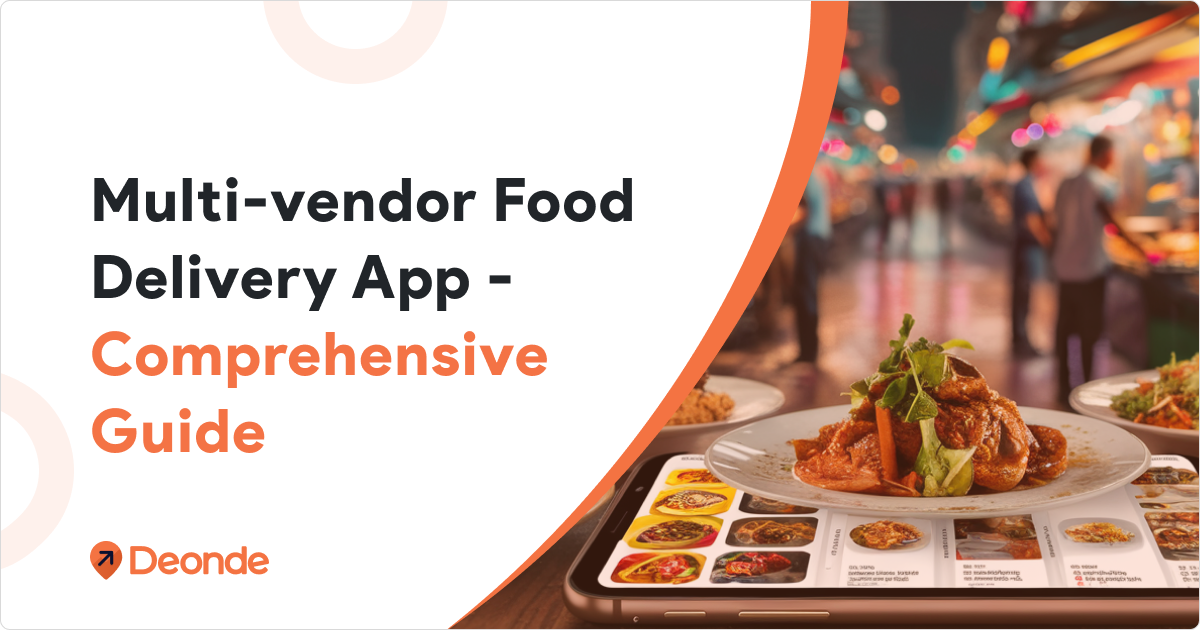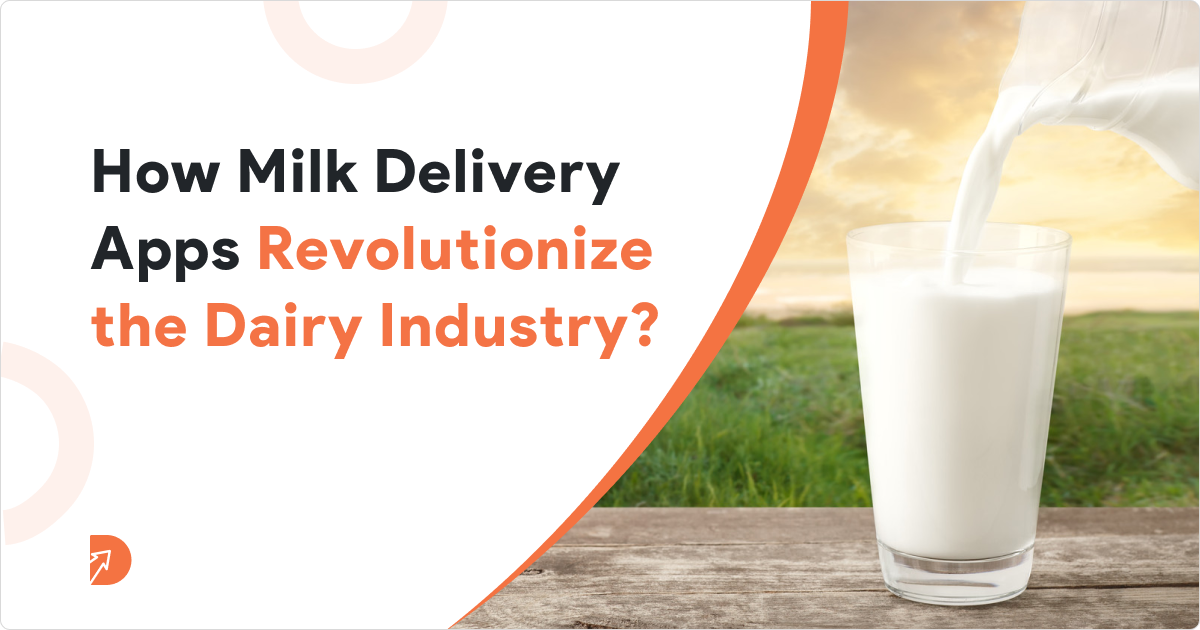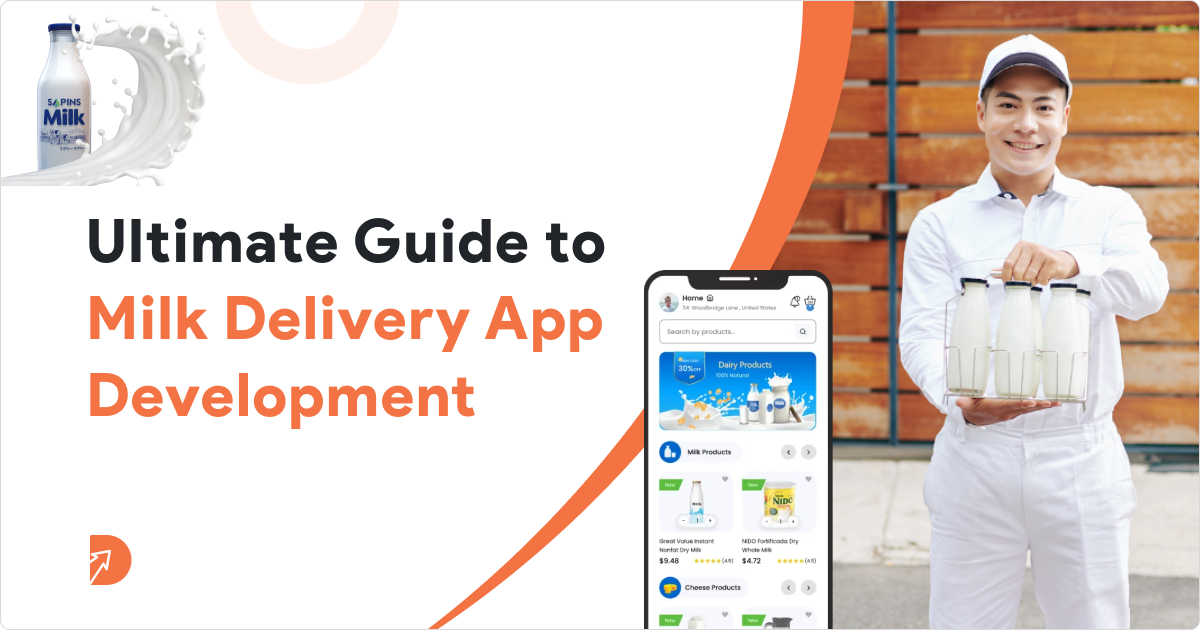The new lifestyles of people depend on food delivery apps like Deliveroo and UberEats. Both Deliveroo and Uber Eats have gained a substantial market share in the food delivery industry.
And how are these two enormous apps alike? Which app provides patrons and eateries with a better experience?
This detailed comparison in this blog post will examine the main distinctions between Deliveroo vs Uber Eats. The discussion will include the key functionalities, involved business processes, income sources, and overall profitability of both applications. We will also explore what are the benefits of a White-label Food Delivery App Solution which is a pre-built application that comprises all the significant components to initiate and run your food business online.
1. Deliveroo App
Deliveroo was introduced in 2013 by William Shu and Greg Orlowski. Its food delivery business model has become one of the world’s most successful ventures.
Deliveroo has food ordering and delivery operations in 11 different countries. The list of these countries includes Australia, Singapore, the United Arab Emirates, Kuwait, Belgium, France, Hong Kong, Italy, Ireland, the Netherlands, and the United Kingdom. Currently, Deliveroo offers services in over 200 cities throughout these areas.
Key Deliveroo Statistics:
- Deliveroo’s revenue in 2022 was £1.9 billion, an 8.2% boost over the previous year. This indicates that the firm is still rapidly expanding.
- The net loss at Deliveroo fell from £298 million in 2021 to £245.6 million in 2022. Even if it is still not profitable, the improved unit economics indicate a stronger trend toward profitability.
- Deliveroo has approximately 7.4 million daily customers, most of whom reside in the United Kingdom, the service’s home country and main market.
- According to Bloomberg statistics, Deliveroo’s share price fell 31% on the first day of its 2021 IPO.
Some of the Primary Benefits to Customers Utilizing the Deliveroo Platform:
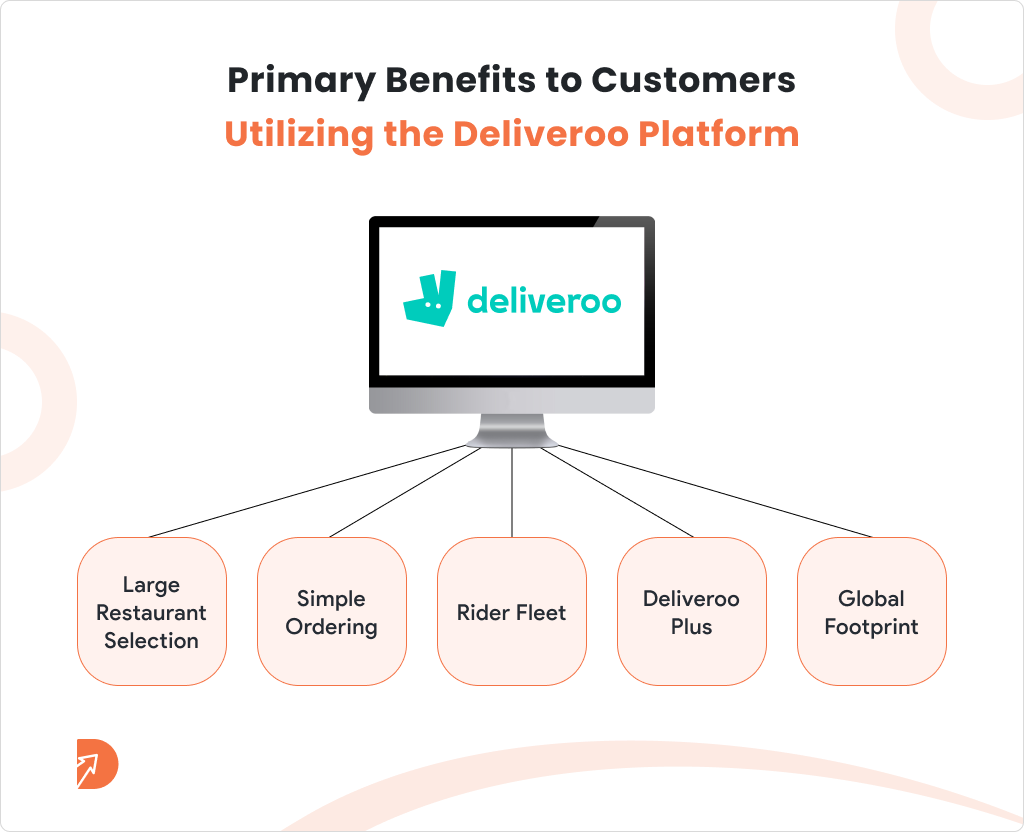
- Large Restaurant Selection – Deliveroo claims to have the best selection of all the major food delivery services, with over 140,000 restaurant partners globally. Customers have a variety of selections, ranging from large national chains to famous local restaurants.
- Simple Ordering – Utilizing the Deliveroo app and website, you can quickly browse for restaurants and cuisine categories, customize orders, and check out. Simple ordering is made feasible by user-friendly interfaces.
- Rider Fleet – Deliveroo’s dedicated rider fleet allows them to optimize delivery routes and provide speedy delivery, with normal delivery times of roughly 32 minutes.
- Deliveroo Plus – Deliveroo Plus is a rewards program that includes free delivery on purchases above $10 and additional advantages and incentives.
- Global Footprint – Deliveroo has an incredible worldwide footprint compared to other food delivery businesses, operating in over 200 cities across 11 countries.
How are On-Demand Food Delivery Services Making The Life Easier?
2. Uber Eats App
Uber Eats is Uber’s on-demand food delivery division. Uber is one of the biggest ride-sharing companies in the world. Having started in Los Angeles in 2014, this Uber Eats business model now operates in over 6,000 locations globally. This makes it one of the largest food delivery platforms in terms of geographical reach.
Key UberEats Statistics:
- Uber Eats’ overall revenue in 2022 was $10.9 billion, a staggering 31% rise over the previous year.
- In 2022, Uber Eats’ gross bookings topped $55 billion for the first time. The gross bookings or the total order amounts show the excessive demand.
- Uber Eats has approximately 88 million active monthly users, making it the most popular food delivery app globally.
Some of the Primary Benefits to Customers Utilizing the Uber Eats Platform:
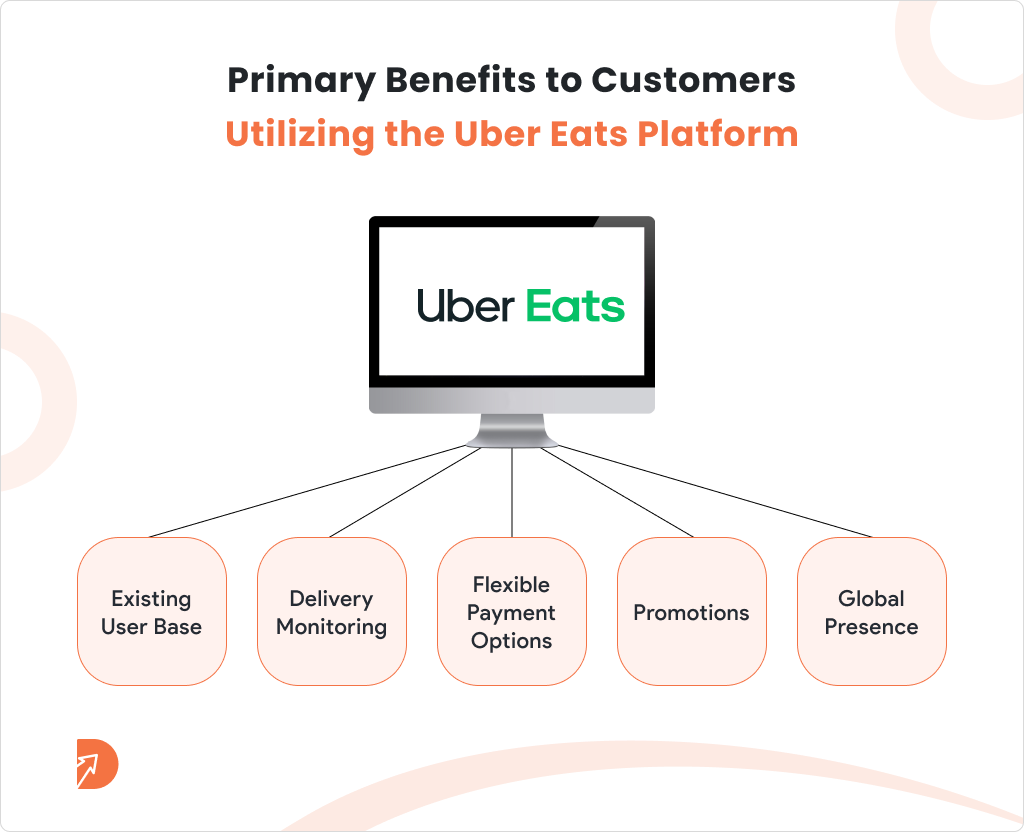
- Existing User Base – Uber Eats has quick access to millions of current Uber users and their payment details, thanks to Uber’s size and dominance in the ride-sharing market.
- Delivery Monitoring – Customers may monitor the status of their orders by using the Uber Eats app, which offers real-time delivery tracking on a map.
- Flexible Payment Options – For a broader client base, Uber Eats accepts cash, credit/debit cards, PayPal, and Apple Pay in addition to cash.
- Promotions – To draw in and keep people interested, Uber Eats offers a constant stream of deals, discounts, and other promotions.
- Global Presence – Uber Eats has an unparalleled global reach, operating in thousands of cities across dozens of countries on six continents.
A Comprehensive Guide to Launch Food Delivery App in 1 Week with DeOnDe SaaS Solution
Uber Eats vs Deliveroo: The Functionality Comparison
Let us directly compare some key functionality elements between the Deliveroo and Uber Eats platforms:
- Ordering Process – Both platforms offer user-friendly mobile apps and websites for searching restaurants, menu items, and placing orders. Deliveroo generally has a more streamlined checkout flow.
- Delivery Speed – Deliveroo promises faster delivery times, with orders taking an average of just 32 minutes. Uber Eats deliveries take slightly longer, averaging 37 minutes.
- Tracking – The Uber Eats app shows real-time order tracking on a map. Deliveroo just provides estimated rider arrival times without live tracking.
- Coverage – Uber Eats is accessible in thousands more cities worldwide, offering better geographic coverage overall. However, in their home UK market, Deliveroo has superior coverage.
- Restaurant Selection – True to its marketing, Deliveroo does provide approximately 140,000 restaurant choices, beating Uber Eats’ 500,000+ options. Deliveroo’s focus is on providing a more curated restaurant variety.
- Promotions – Uber Eats sends users frequent discount codes and other promotions to drive engagement. Deliveroo promotions are more sporadic.
- Loyalty Program – Deliveroo Plus is a paid monthly subscription for free delivery and other rewards, which Uber Eats lacks. But Uber Eats does offer free delivery trials.
Deliveroo vs Uber Eats: The Comparison Table
Here is a side-by-side comparison across some key parameters:
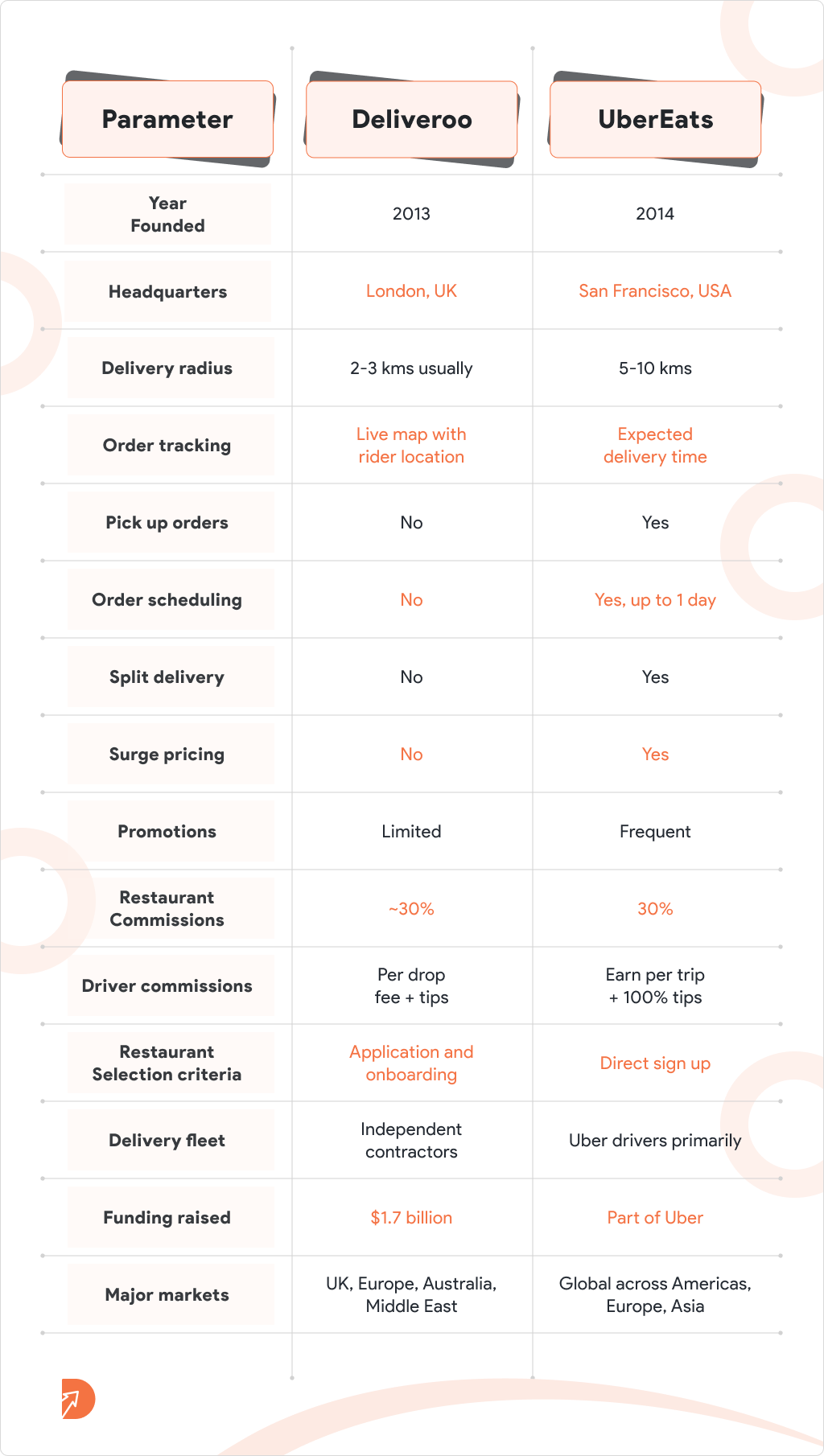
Uber Eats or Deliveroo – Comparing Business Operations
Deliveroo and Uber Eats leverage different underlying business models and operational strategies:
- Delivery Fleets – Deliveroo employs its own dedicated rider fleet for deliveries. Uber Eats taps into Uber’s existing network of rideshare driver partners for delivery.
- Restaurant Commissions – Deliveroo earns higher commission fees from restaurants of around 30% per order. Uber Eats commissions are approximately 20–30%.
- Licensed Kitchens – Deliveroo uniquely operates a network of licensed kitchens to prepare food for delivery-only virtual restaurant brands. Uber Eats does not offer such facilities.
- Business Diversification – Uber Eats is just one component of Uber’s large portfolio of transportation services. Deliveroo remains focused narrowly on restaurant food delivery.
- International Strategy – Uber Eats follows an aggressive worldwide rollout strategy, launching in new cities rapidly. In contrast, Deliveroo has concentrated on fewer core geographies to establish market depth.
- Profit Strategy – Deliveroo pursues a more cautious path, prioritizing service levels, partnerships, and eventual profitability. Uber Eats chases rapid growth and land grabs above all else.
- Pricing Model – Deliveroo levies a flat delivery fee on every order. Uber Eats uses dynamic pricing, with fees based on distance, demand, weather, status, etc.
The Food Delivery App Solution: Profitability and Revenue Streams
Given the different business models, Deliveroo Business Model and Uber Eats have notable differences when it comes to profitability and revenue:
- Overall Profitability – Neither of the firms is profitable currently. But Deliveroo’s net losses have been shrinking while Uber Eats losses remain substantial as it pours money into expansion.
- Commission Revenue – This makes up the bulk of revenue for both platforms. Deliveroo earns higher commissions per order compared to Uber Eats.
- Delivery fees – Charging consumers delivery fees on each order represents another major revenue stream. Deliveroo charges flat fees, while Uber Eats fees are variable.
- Subscription Revenue – Deliveroo Plus is a meaningful revenue generator Uber Eats needs to improve. Uber Eats occasionally trials free delivery subscriptions.
- Advertising revenue – Both enable restaurants to pay for promoted placement and visibility. This emerging stream still makes up a smaller portion of revenue.
- Other Revenue – Things like merchant tools and services and affiliate commissions contribute modest additional revenue for both players.
Which has the Better Food Delivery Business Model – Deliveroo or Uber Eats?
Both Deliveroo and Uber Eats provide compelling on-demand food delivery services. Key factors like wider availability, global restaurant selection, and pickup options give Uber Eats an edge over consumers.
However, Deliveroo’s loyalty program, rigorous screening of restaurants, and focus on delivery may appeal to some users. From a business standpoint, Uber Eats’s model seems more profitable thus far.
However, the food delivery space remains highly competitive. While both companies have their relative strengths and weaknesses, their convenience to hungry consumers ensures food delivery is here to stay.
Futuristic Scenario of On-Demand Apps for Food Delivery
Uber Eats has the edge in scale, reach, funding, and rapid growth in the battle between these 2 online food delivery apps. However, Deliveroo offers some differentiation with its restaurant-focused approach and premium branding.
Both apps provide consumers with the convenience of on-demand food delivery with a large restaurant selection. The choice between Deliveroo or Uber Eats depends on small differences in menu, availability, delivery times and promotions.
Restaurants can benefit from partnering with both platforms to expand their reach. While Deliveroo provides a selective premium environment, Uber Eats offers volume. Commission fees are similar on both.
Startups can also leverage the success of these apps by building Deliveroo Clone, and Uber Eats Clone tailored to their local markets. The food delivery space still has ample room for specialized players.
Moving Forward
The food delivery sector will continue to evolve and mature rapidly. Deliveroo Alternative or Uber Eats Alternative and even the new entrants will have exciting innovations in store to shape the future of urban convenience.
However, do not worry, as we have one more option: DeOnDe. Our DeOnDe model backs food delivery businesses with higher profitability and revenue. If you are exploring selecting a SaaS-based food delivery app solution, we at DeOnDe can deliver you the most effective and readymade food delivery business solutions.
Our teams offer a result-driven application for your dedicated food ordering and delivery business. For more technical details and business insights, visit www.deonde.co and register for a quick and free online demo.

